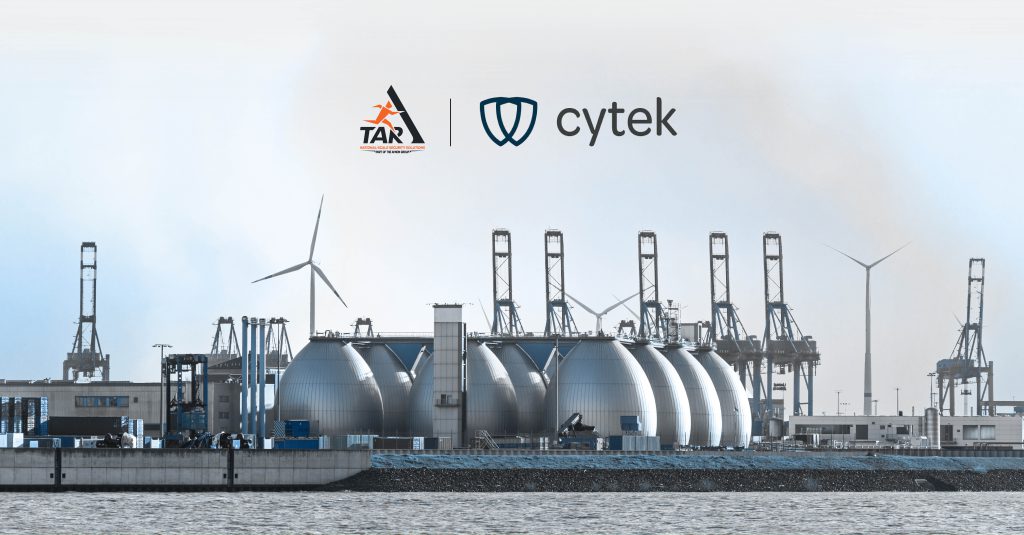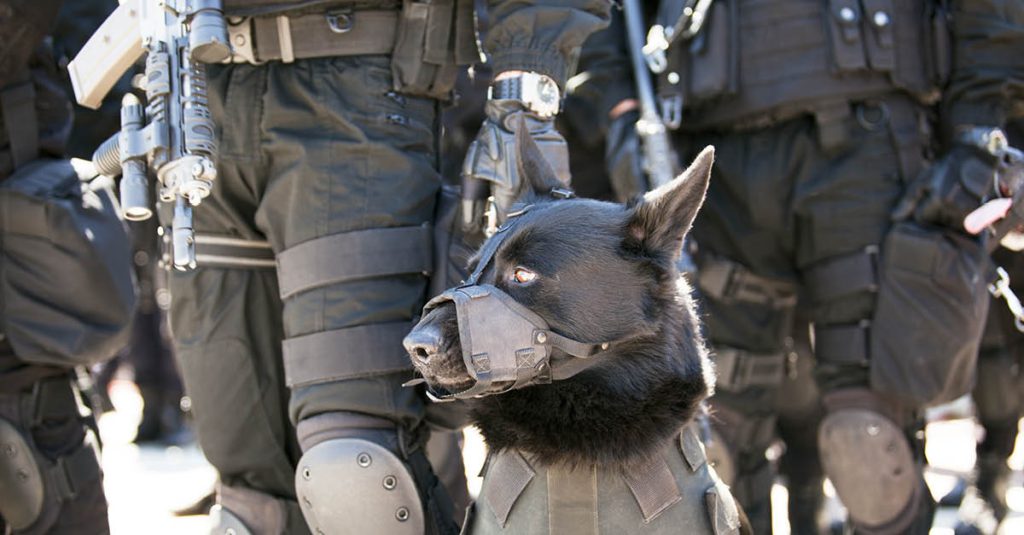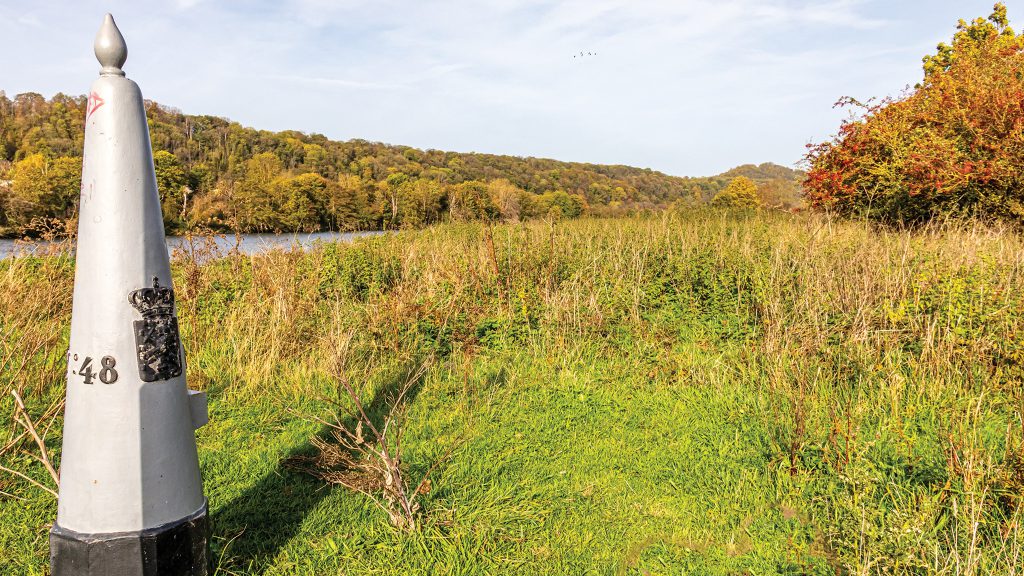Open borders between nations initiate many opportunities, but at the same time, present a unique set of threats to homeland security, public safety, economies, profitable trade, and international cooperation.
Terror and organised crime groups exploit every means possible to expose open border vulnerabilities, actively seeking flaws and weaknesses in the security arrays. A different approach is required to protect a nation from threats that can infiltrate open border crossings – whether arms and narcotics smuggling operations, human trafficking, or activities that support coordinated terrorist or criminal acts.
Whether the border stretches for tens or for thousands of kilometres, one nation’s border characteristics may differ in topography, environment, weather, and operational requirements, posing different challenges that must be addressed. A multi-layered solution is required to enable border authorities to anticipate threats, minimise risks, respond quickly, and manage incidents while keeping the routine uninterrupted.
The multi-layered, open borders security solution breaks down into the following core technologies:
Ground-Based Technologies
24/7 monitoring & surveillance – when physical barriers such as fences or walls are not utilized, a multi-layered and smart deployment of surveillance technologies is crucial to obtain extensive coverage with no blind spots. This includes fixed & mobile sensors such as electro-optics, short and long-range land and maritime radars, aerial sensors, seismic sensors, intelligence gathering sensors, and more.
Air-Based Technologies for Aerial Surveillance and Protection
What may be obscured from the ground can be tracked from above. Aerial surveillance and reconnaissance platforms of different types and sizes provide users with a bird’s eye view. In remote sections of borders, unmanned aerial systems (UAS) are a force-multiplier, enabling tracking and locking on moving targets and providing increased coverage.
The aerial protection layer includes Counter-Unmanned Aircraft Systems (C-UAS) for detecting, verifying, and neutralising unauthorised drones. The C-UAS provide 360° coverage and on-the-move capabilities to enhance the reach and performance of on-ground forces.
C4I
The C4I is based on a Big Data intelligence and analytics platform that collects, integrates, and analyses structured and unstructured data. The information is gathered from sensors, databases, open sources, and more, and transformed into actionable insights.
From a stand-alone to a hierarchical array, from a single authority to a multi-agency platform, on a local or national level– the C4I establishes a unified situational awareness, supports interoperability and multi-forces collaboration, and helps decision-makers mitigate risks, make informed decisions, and optimise resources during routine operations and incidents.
Customised Mobile Platforms
Reconnaissance and response missions involving borders must be executed quickly and efficiently. It requires rugged vehicles with high manoeuvrability that can be deployed rapidly and carry equipment and security forces easily and safely.
Communications Networks
A high-bandwidth, stable communication network, either wired or wireless, is essential for fast and reliable data dissemination between stakeholders in a hierarchical security array. Communication solutions for forces on the move utilise satellites, balloons, and other components that can be rapidly deployed when existing communication infrastructure is insufficient.
The solution’s core components address a broad spectrum of threats, but still meet the operational needs of border authorities. The integration of the elements into a comprehensive open border security solution is what makes the shift from being reactive to becoming proactive and anticipating, responding, and managing the ever-evolving threats.






